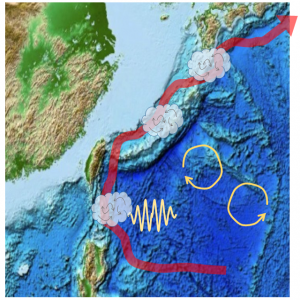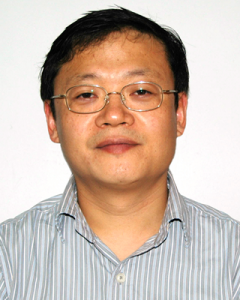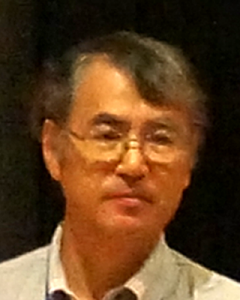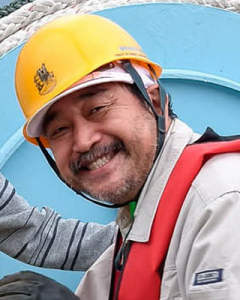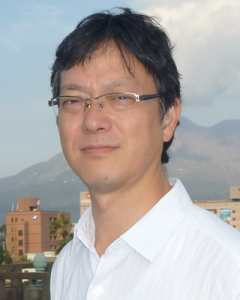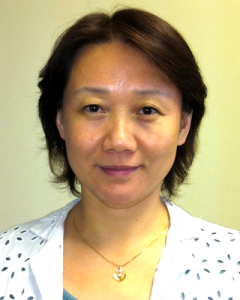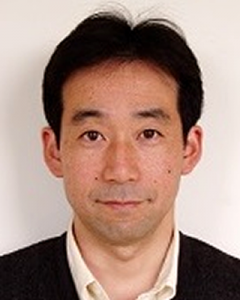A02-4 Group
A02-4 Mixing Processes, nutrient transport, fundamental structure of ecosystem in the Kuroshio and its origin area
Research Summary
In order to quantitatively evaluate energy dispersion in the ocean lateral boundary that partly contributes to the formation of western boundary currents such as the Kuroshio, and to understand the role of Kuroshio in supplying nutrients to primary production in the open ocean, we will carry out following research with a special attention on mixing processes in the Kuroshio and its surrounding areas.
(1) In the East China Sea and eastern area of Ryukyu Islands, where the internal tides develops as a dissipation route of tidal energy, as well as in the Luzon Strait and its surrounding areas, where internal soliton wave develops, we will clarify the processes how the internal waves intensifies the vertical mixing that brings nutrient-rich subsurface water to the eutrophic zone of the Kuroshio.
(2) The combination of mesoscale eddies propagating westward from Pacific Ocean with the Kuroshio and Ryukyu Current may change the flow field and stratification in the Kuroshio and Ryukyu Current. With arrival of anticyclonic eddies, the Kuroshio and Ryukyu Current are enhanced and stratification is also modified. We will study how these processes affect the development of internal tides as well as the magnitude of vertical mixing and associated material transport.
(3) Besides the evaluation of each process associated with mixing processes, we also study the results of mixing, defined as the structure of water mass, by using multivariable analysis with chemical tracers, and use numerical model to give a quantitative interpretation on mixing processes.
Members
Principal investigator : Xinyu Guo
(Professor, Center for Marine Environmental Studies, Ehime University, Physical Oceanography)
Co-investigator : Takeshi Matsuno
(Professor, Research Institute for Applied Mechanics, Kyushu University, Physical Oceanography)
Co-investigator : Tomoharu Senjyu
(Associate Professor, Research Institute for Applied Mechanics, Kyushu University, Physical Oceanography)
Co-investigator : Kaoru Ichikawa
(Associate Professor, Research Institute for Applied Mechanics, Kyushu University, Physical Oceanography)
Co-investigator : Hirohiko Nakamura
(Associate Professor, Faculty of Fisheries, Kagoshima University, Physical Oceanography )
Co-investigator : Jing Zhang
(Professor, Graduate School of Science and Engineering, University of Toyama, Chemical Oceanography)
Collaborator : Shigenomu Takeda
(Professor, Graduate School of Fisheries Science and Environmental Studies Fishery science, Nagasaki University, Biological Oceanography)
Collaborator : Joji Ishizaka
(Professor, Hydrospheric Atmospheric Research Center, Nagoya University, Biological Oceanography)
